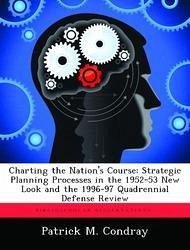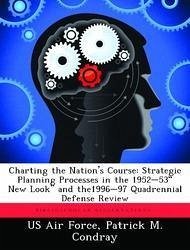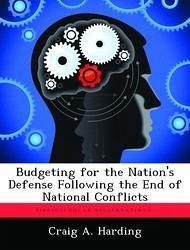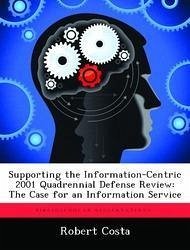
Charting the Nation's Course: Strategic Planning Processes in the 1952-53 New Look and the 1996-97 Quadrennial Defense Review
Versandkostenfrei!
Versandfertig in über 4 Wochen
52,99 €
inkl. MwSt.

PAYBACK Punkte
26 °P sammeln!
This study analyzes how the processes used in the national security planning influence the results. It begins by discussing the nature of strategic planning for national security, eventually defining it as a disciplined effort involving the allocation of resources to programmed activities aimed at achieving a set of objectives by integrating major goals, policies, and action sequences into a cohesive whole. Two examples (the New Look of 1953 and the Quadrennial Defense Review of 1997) are selected for comparison due to the many parallels of their respective historical situations. The next step...
This study analyzes how the processes used in the national security planning influence the results. It begins by discussing the nature of strategic planning for national security, eventually defining it as a disciplined effort involving the allocation of resources to programmed activities aimed at achieving a set of objectives by integrating major goals, policies, and action sequences into a cohesive whole. Two examples (the New Look of 1953 and the Quadrennial Defense Review of 1997) are selected for comparison due to the many parallels of their respective historical situations. The next step in the study defines several alternative methods for conducting strategic planning, including how using those methods could influence the outcome. These differences are used to analyze both the New Look and the Quadrennial Defense Review. The New Look provides an example of a primarily sequential, top-down process while the Quadrennial Defense Review demonstrated the advantages and drawbacks of a primarily parallel process which had both top-down and bottom-up aspects. The final section discusses the implications of the different approaches, including the recommendation that any review contemplating major changes in national security policy follow a more sequential and top-down process with clear guidance given to participants.














